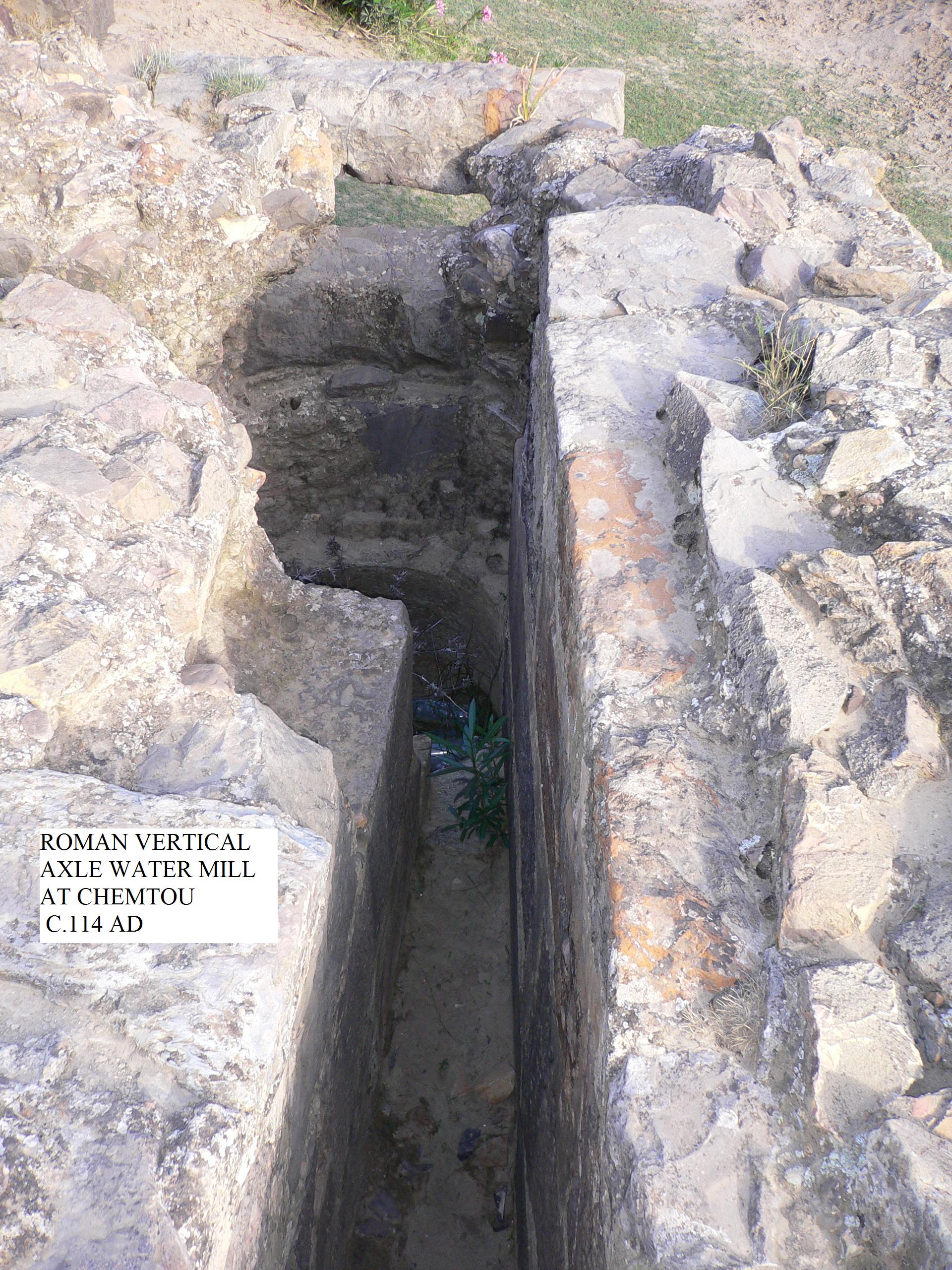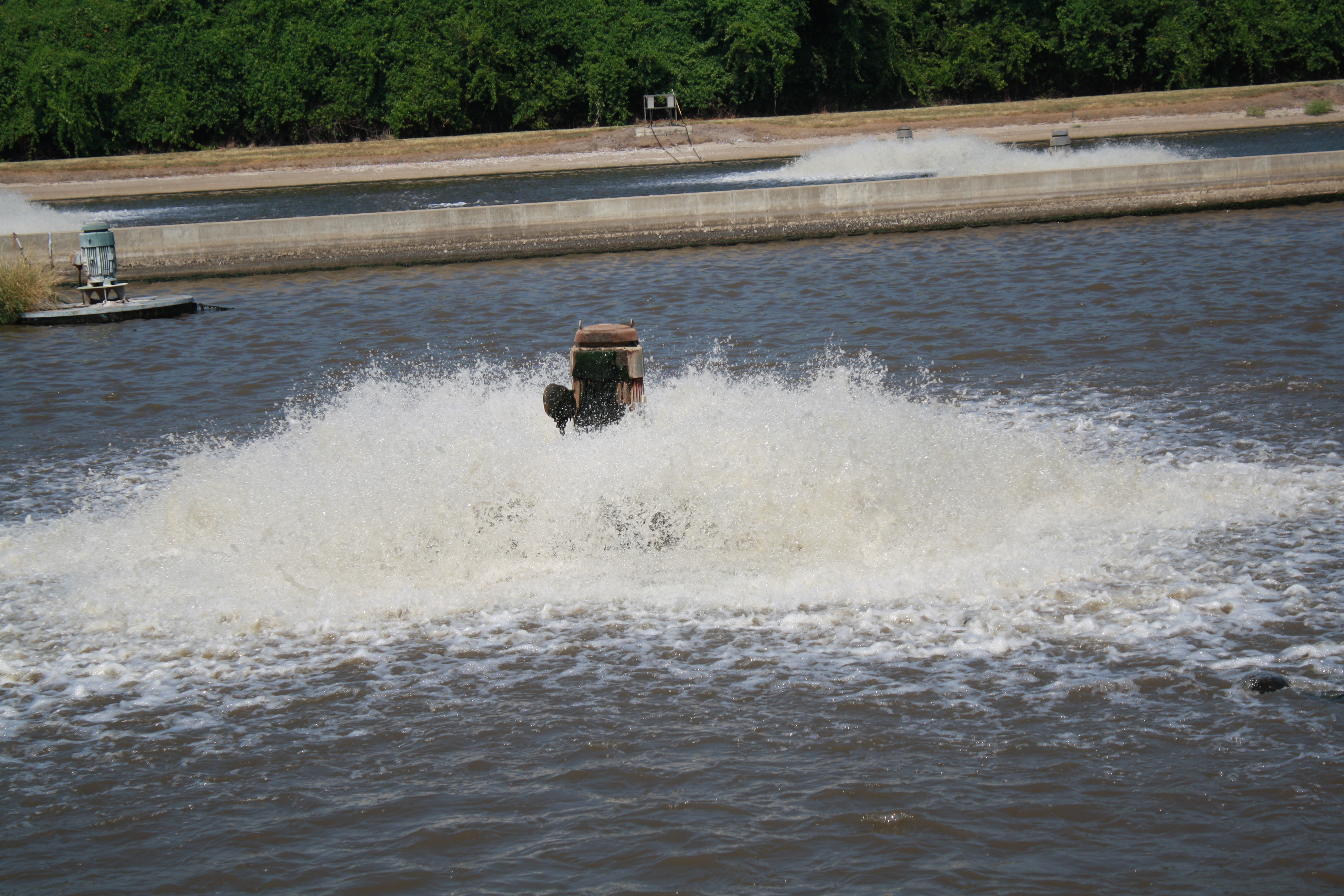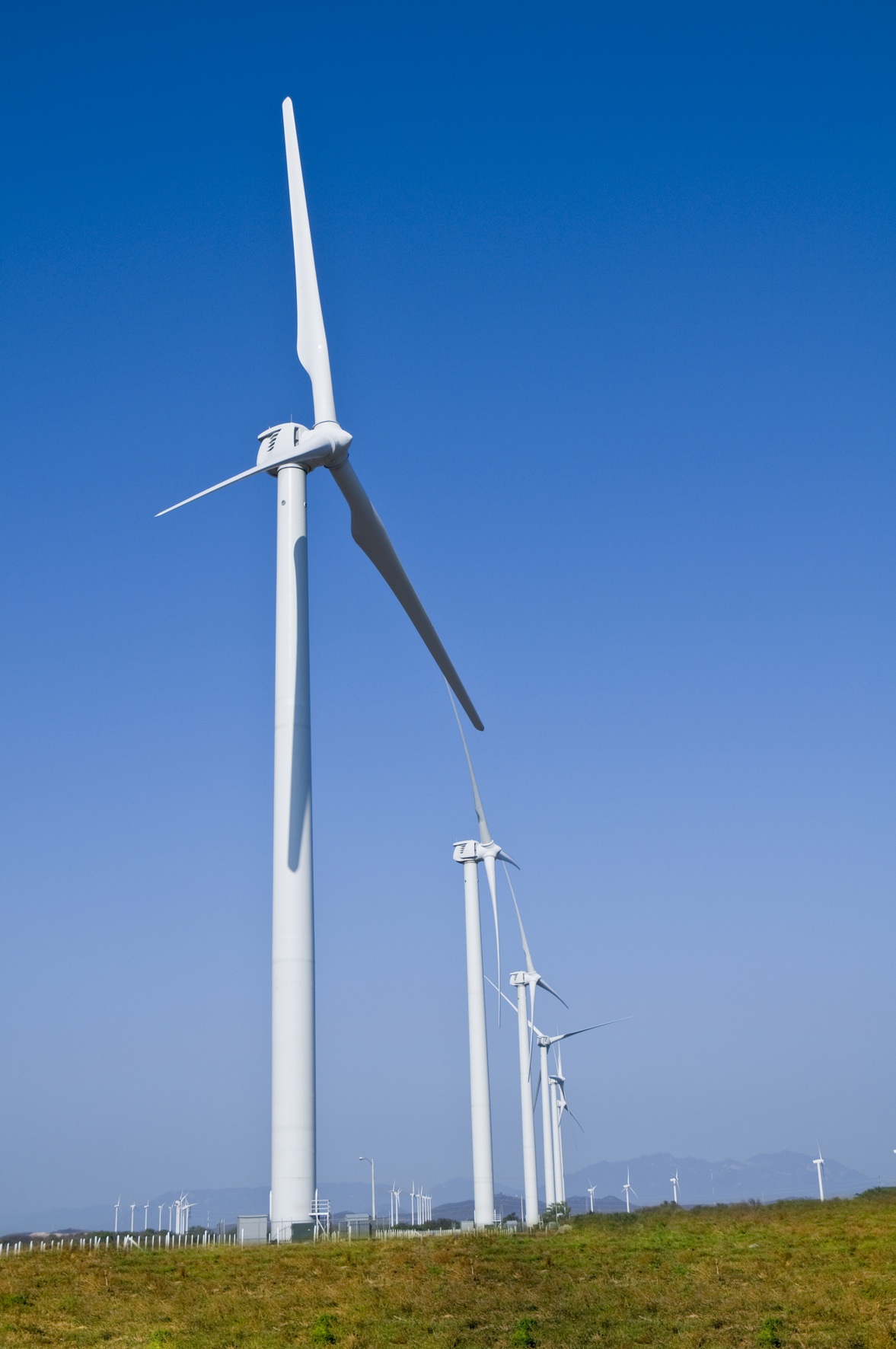|
Mist Lift
The Mist lift, Mist flow or Steam lift pump is a gas lift technique of lifting water used in a form of Ocean Thermal Energy Conversion (OTEC) where water falls to operate a hydro-electric turbine. The water is pumped from the level it drops to using rising steam which is combined into a multiphase flow. Independent of energy production, the technique can be used simply as a thermally powered pump used to raise ocean water from depths for unspecified uses. Operation As in other open cycle OTEC schemes, the technique involves boiling seawater under low atmospheric pressure. The scheme can take many forms so for illustration a particular form will be described and a section below will list details of alternate forms. The prerequisite for mist lift is that a significant thermal gradient exists. Typically warm surface water is expected to be near . Cold water from depth needs to be in the vicinity of . A common set of embodiments uses a floating concrete vessel most of which ... [...More Info...] [...Related Items...] OR: [Wikipedia] [Google] [Baidu] |
Mist Flow OTEC Power Generator Compact
Mist is a phenomenon caused by small droplets of water suspended in the cold air, usually by condensation. Physically, it is an example of a dispersion. It is most commonly seen where water vapor in warm, moist air meets sudden cooling, such as in exhaled air in the winter, or when throwing water onto the hot stove of a sauna. It can be created artificially with aerosol canisters if the humidity and temperature conditions are right. It can also occur as part of natural weather, when humid air cools rapidly, notably when the air comes into contact with surfaces that are much cooler than the air (e.g. mountains). The formation of mist, as of other suspensions, is greatly aided by the presence of nucleation sites on which the suspended water phase can congeal. Thus even such unusual sources of nucleation as small particulates from volcanic eruptions, releases of strongly polar gases, and even the magnetospheric ions associated with polar lights can in right conditions trigger ... [...More Info...] [...Related Items...] OR: [Wikipedia] [Google] [Baidu] |
Gas Lift
A gas lift or bubble pump is a type of pump that can raise fluid between elevations by introducing gas bubbles into a vertical outlet tube; as the bubbles rise within the tube they cause a drop in the hydrostatic pressure behind them, causing the fluid to be pulled up. Gas lifts are commonly used as artificial lifts for water or oil, using compressed air or water vapor. Gas lifts have been used for a variety of applications: *Coffee percolators and electric drip coffeemakers use vaporized water to lift hot water * Airlift pumps use compressed air to lift water * Pulser pumps use a subterranean air chamber to lift underground water * Suction dredges use a variety of the gas lift called an '' airlift pump'' to vacuum mud, sand and debris * Mist lifts use vaporized water to draw seawater in ocean thermal energy conversion systems Petroleum industry uses In the United States, gas lift is used in 10% of the oil wells that have insufficient reservoir pressure to produce the wel ... [...More Info...] [...Related Items...] OR: [Wikipedia] [Google] [Baidu] |
Ocean Thermal Energy Conversion
Ocean thermal energy conversion (OTEC) is a renewable energy technology that harnesses the thermocline, temperature difference between the photic zone, warm surface waters of the ocean and the deep sea, cold depths to run a heat engine to produce electricity. It is a unique form of sustainable energy, clean energy generation that has the potential to provide a consistent and sustainable sourcing, sustainable source of power. Although it has challenges to overcome, OTEC has the potential to provide a consistent and sustainable source of clean energy, particularly in tropics, tropical regions with access to deep ocean water. Description OTEC uses the ocean thermal gradient between cooler deep and warmer shallow or surface seawaters to run a heat engine and produce useful Work (physics), work, usually in the form of electricity. OTEC can operate with a very high capacity factor and so can operate in base load mode. The denser cold water masses, formed by ocean surface water inter ... [...More Info...] [...Related Items...] OR: [Wikipedia] [Google] [Baidu] |
Multiphase Heat Transfer
A multiphase flow system is one characterized by the simultaneous presence of several phases, the two-phase system being the simplest case. The term ‘two-component’ is sometimes used to describe flows in which the phases consist of different chemical substances. However, since the same mathematics describes two-phase and two-component flows, the two expressions can be treated as synonymous. Analysis of multiphase systems can include consideration of multiphase flow and multiphase heat transfer. The former occurs only if all parts are at the same temperature, but interphase heat transfer also occurs when the temperatures of the individual phases are different. If different phases of the same pure substance are present in a multiphase system, interphase heat transfer will result in a change of phase, which is always accompanied by interphase mass transfer. Definitions A multiphase flow system is one characterized by the simultaneous presence of several phases, the two-phase s ... [...More Info...] [...Related Items...] OR: [Wikipedia] [Google] [Baidu] |
Water Turbine
A water turbine is a rotary machine that converts kinetic energy and potential energy of water into mechanical work. Water turbines were developed in the 19th century and were widely used for industrial power prior to electrical grids. Now, they are mostly used for electric power generation. Water turbines are mostly found in dams to generate electric power from water potential energy. History Water wheels have been used for hundreds of years for industrial power. Their main shortcoming is size, which limits the flow rate and head (hydraulic), head that can be harnessed. The migration from water wheels to modern turbines took about one hundred years. Development occurred during the Industrial Revolution, using scientific principles and methods. They also made extensive use of new materials and manufacturing methods developed at the time. Swirl The word turbine was introduced by the French engineer Claude Burdin in the early 19th century and is derived from the Greek w ... [...More Info...] [...Related Items...] OR: [Wikipedia] [Google] [Baidu] |
Aerated Water
Water aeration is the process of increasing or maintaining the oxygen saturation of water in both natural and artificial environments. Aeration techniques are commonly used in pond, lake, and reservoir management to address low oxygen levels or algal blooms. Water quality Water aeration is often required in water bodies that suffer from Hypoxia (environmental), hypoxic or anoxic conditions, often caused by upstream human activities such as sewage discharges, agricultural run-off, or over-baiting a fishing lake. Aeration can be achieved through the infusion of air into the bottom of the lake, lagoon or pond or by surface agitation from a fountain or spray-like device to allow for oxygen exchange at the surface and the release of gasses such as carbon dioxide, methane or hydrogen sulfide. Decreased levels of dissolved oxygen (DO) is a major contributor to poor water quality. Not only do fish and most other aquatic animals need oxygen, aerobic bacteria help decompose organic matter ... [...More Info...] [...Related Items...] OR: [Wikipedia] [Google] [Baidu] |
Cavitation
Cavitation in fluid mechanics and engineering normally is the phenomenon in which the static pressure of a liquid reduces to below the liquid's vapor pressure, leading to the formation of small vapor-filled cavities in the liquid. When subjected to higher pressure, these cavities, called "bubbles" or "voids", collapse and can generate shock waves that may damage machinery. These shock waves are strong when they are very close to the imploded bubble, but rapidly weaken as they propagate away from the implosion. Cavitation is a significant cause of wear in some engineering contexts. Collapsing voids that implode near to a metal surface cause cyclic stress through repeated implosion. This results in surface fatigue of the metal, causing a type of wear also called "cavitation". The most common examples of this kind of wear are to pump impellers, and bends where a sudden change in the direction of liquid occurs. Cavitation is usually divided into two classes of behavior. ''In ... [...More Info...] [...Related Items...] OR: [Wikipedia] [Google] [Baidu] |
Energy Conversion
Energy transformation, also known as energy conversion, is the process of changing energy from one form to another. In physics, energy is a quantity that provides the capacity to perform Work (physics), work (e.g. lifting an object) or provides heat. In addition to being converted, according to the law of conservation of energy, energy is transferable to a different location or object or living being, but it cannot be created or destroyed. Limitations in the conversion of thermal energy Conversions to thermal energy from other forms of energy may occur with 100% efficiency. Conversion among non-thermal forms of energy may occur with fairly high efficiency, though there is always some energy dissipated thermally due to friction and similar processes. Sometimes the efficiency is close to 100%, such as when potential energy is converted to kinetic energy as an object falls in a vacuum. This also applies to the opposite case; for example, an object in an Elliptic orbit, elliptical ... [...More Info...] [...Related Items...] OR: [Wikipedia] [Google] [Baidu] |
Marine Energy
Marine energy, also known as ocean energy, ocean power, or marine and hydrokinetic energy, refers to energy harnessed from waves, tides, salinity gradients, and temperature differences in the ocean. The movement of water in the world's oceans stores vast amounts of kinetic energy, which can be converted into electricity to power homes, transportation, and industries. Marine energy includes wave power, which is derived from surface waves, and tidal power, which is obtained from the kinetic energy of moving water. Offshore wind power, however, is not considered marine energy because it is generated from wind, even if the wind turbines are located over water. The oceans have a tremendous amount of energy and are close to many if not most concentrated populations. Ocean energy has the potential of providing a substantial amount of new renewable energy around the world. While marine energy is a sustainable alternative to fossil fuels, its development can impact marine ecosystems, w ... [...More Info...] [...Related Items...] OR: [Wikipedia] [Google] [Baidu] |





